For a number of years now, Milan has become an important European reference point for contemporary art: major international exhibitions, the Miart fair, Milan Art Week and many other events have made it one of the world capitals of contemporary art, and therefore it is possible to spend a few days in the Lombard capital with the specific intention of wandering around exhibitions, openings and museums that allow the public to explore all forms of contemporary art. But where to start, given that the offer in recent years has greatly expanded? We suggest below ten places plus one to get a good overview!
Before you dive into contemporary art in Milan, perhaps you can start...with the basics: a visit to the GAM (for 19th-century art) and the Museo del Novecento (for, precisely, 20th-century art) is the best way to prepare yourself to see the creations of the present. The GAM is an itinerary that leads from Neoclassicism (from Canova, to be clear) to the early 20th century with authors such as Gaetano Previati and Giuseppe Pellizza da Volpedo, while the Museo del Novecento, heir to the Civico Museo d’Arte Contemporanea closed in 1998, starts right here (and to be exact from 1902, the year of Pellizza da Volpedo’s Quarto Stato, to whom an entire room is dedicated) all the way to the threshold of contemporaneity, passing through the international avant-gardes (Cubism, Kandinsky’s abstractionism and so on), Futurism, Metaphysics, postwar art, Arte Povera up to the 1980s with Transavantgarde. However, at the Museo del Novecento it is not uncommon to see works by contemporary artists as part of temporary exhibitions that put them in dialogue with those in the institute’s permanent collection.
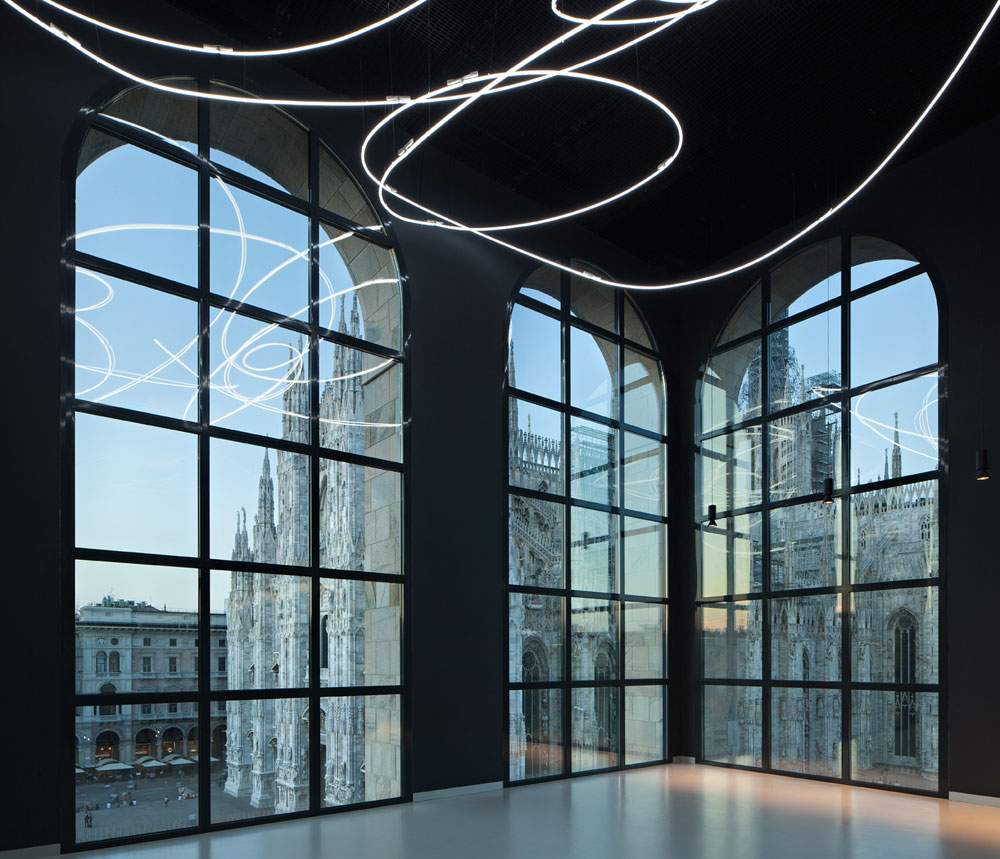
It has been one of the temples of contemporary art in Milan since the 1950s: the PAC - Padiglione d’Arte Contemporanea on Via Palestro is located next to the GAM and was built between 1951 and 1953 to a design by Ignazio Gardella, only to be redeveloped in 1973 and restored again in 1996, three years after the Mafia attack that damaged it. The PAC is the city’s public space reserved for contemporary art: “a place open to all where contemporary culture can be experienced and shared through art,” reads the official presentation. The institute’s goal is to bring contemporary art to the public through exhibitions that explore new developments in Italian and international art with in-depth monographs or collective reviews. In addition, the PAC promotes awareness of contemporary art through free activities and a special program aimed at both adults and children. Endowed with a Scientific Committee appointed by the Department of Culture of the City of Milan, the PAC presents itself as a single environment divided into several rooms, where exhibitions take place. Over the years, PAC has hosted the greatest national and foreign artists.
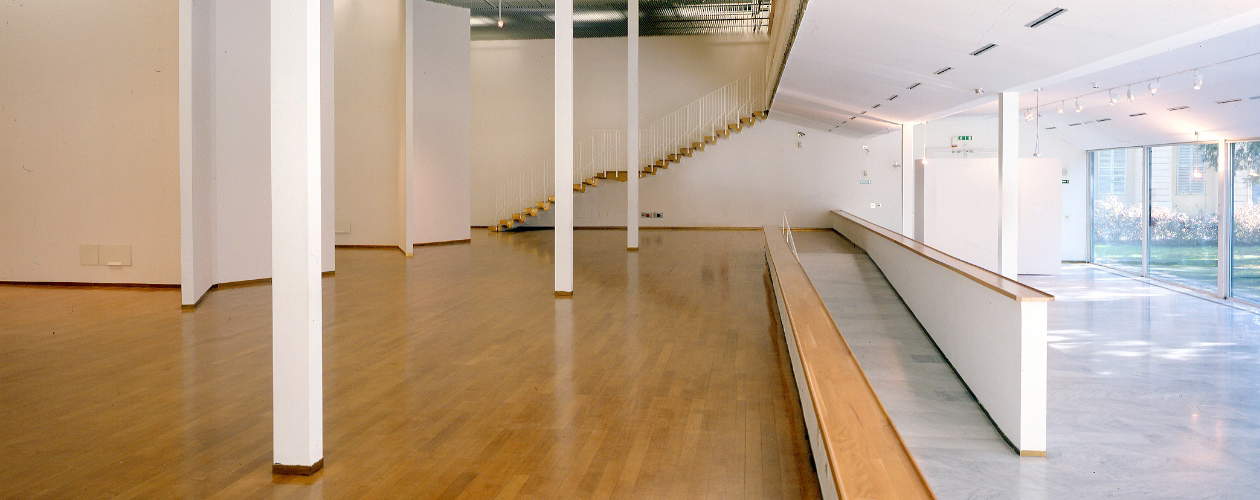
With the Studio Museo Francesco Messina we close our journey among the civic institutes: housed in the former church of San Sisto al Carrobbio, this is the municipal museum that preserves, enhances and promotes the works of the great sculptor Francesco Messina (Linguaglossa, 1900 - Milan, 1995), of which it is the reference institute. The collection has been enriched over time, and it is a key stop on the tour among Milan’s contemporary art venues because since 2014 the Studio Museo Francesco Messina has been hosting exhibitions and initiatives dedicated precisely to contemporary art “that make it a laboratory open to contemporary solicitations and a public and free place where to present the works of young emerging artists,” as the presentation states. The role of the Studio Museo Francesco Messina as a place where tomorrow’s talents are cultivated is certified by the fact that for several years now it has been home to the annual exhibition dedicated to the winner of the Cramum Prize, a prestigious award given each year to a talented young artist who already has some of Italy’s most established artists on its roll.

Active since 1986, when it was established by the Region of Lombardy and the City of Milan, the Stelline Foundation has its headquarters in the Palazzo delle Stelline from which it takes its name, a few steps from Santa Maria delle Grazie, where Leonardo da Vinci’s Last Supper is located. The foundation was established precisely to preserve the Palazzo, a place rich in history: it was in fact the site of an orphanage run by the Benedictine nuns of Santa Maria della Stella (the orphans housed here were called “stelline”: hence the name of the building), and was purchased by the City of Milan in the 1970s. Today it is an active cultural hub, dedicated to the promotion of theater and contemporary art, with exhibitions held in the halls of the Palazzo since 1996. In particular, the Palazzo’s activities are aimed both at exploring the second half of the twentieth century and at bringing contemporary art to the public, often with exhibitions that aim to discover and highlight talented young artists: the idea, the Foundation explains, is to interpret “the contemporary as offering the most original research in connection with those fundamentals of the recent past that cannot be forgotten, because they are conditions for making the future fruitful.” The Foundation also has a permanent collection of about forty works by contemporary artists.

This is the cultural and artistic hub of the Intesa Sanpaolo bank, and it is developed between the adjacent Palazzo Brentani and Palazzo Anguissola Antona Traversi, housing the collections of the Fondazione Cariplo and Intesa Sanpaolo in a double path: one that goes from Neoclassicism to the early twentieth century, and one that spans the entire twentieth century. However, not infrequently, the Gallerie d’Italia in Piazza Scala also hosts contemporary art exhibitions. Typically, the Gallerie d’Italia presents the public with a major exhibition that develops one of the themes of the permanent collection (thus with events devoted to subjects between the late eighteenth century and the 1880s-1990s), and in parallel one or two events on the contemporary. Gallerie d’Italia’s focus is very much on photography: several of Italy’s greatest masters of photography have recently exhibited in the buildings of Piazza Scala.
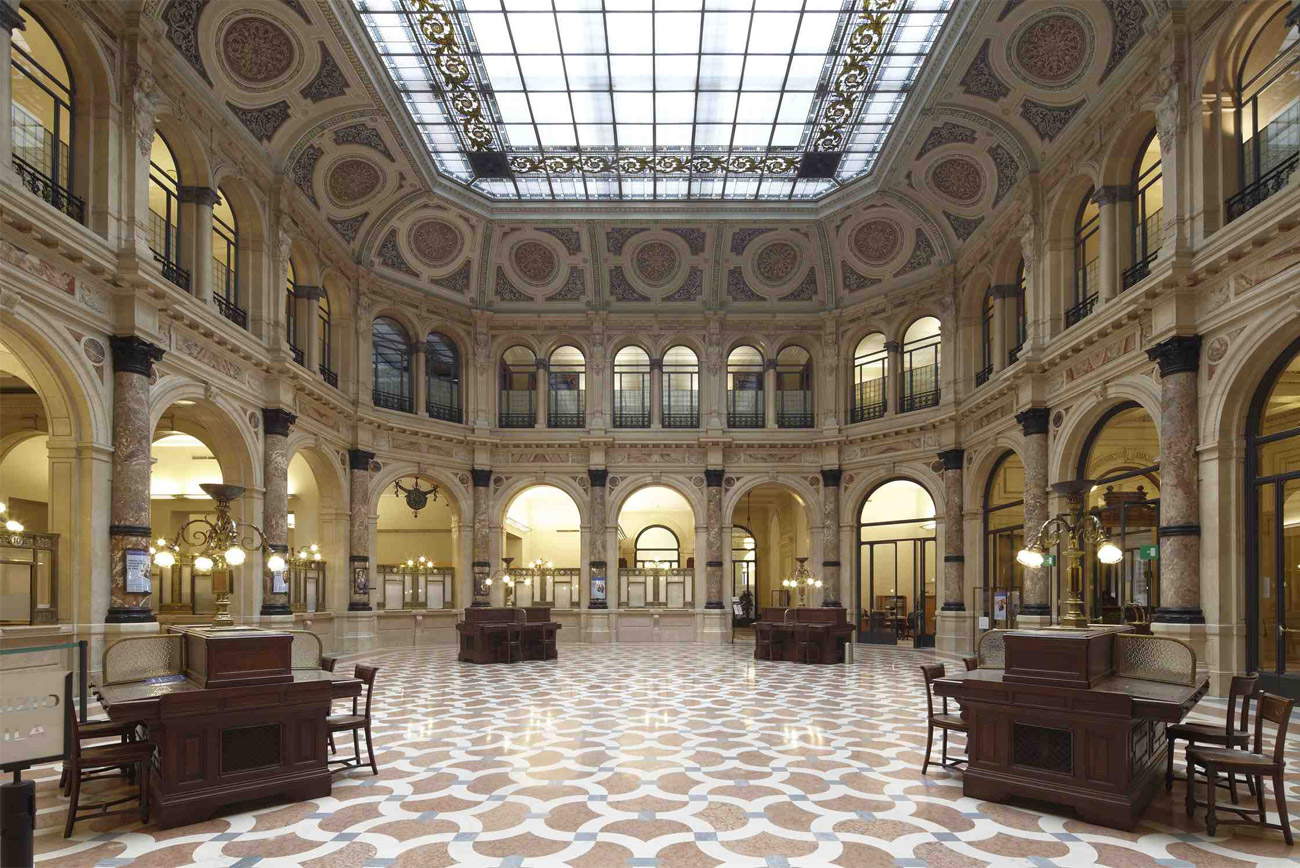
Founded in 1993 by Miuccia Prada and Patrizio Bertelli, since 2015 the Fondazione Prada has been based in a large hub in the Corso Lodi area, designed by Rem Koolhas’s OMA studio, which redeveloped a former liquor distillery around which other buildings have been constructed that, over an area of 19.000 square meters, house the permanent collection, the large spaces dedicated to temporary exhibitions, the auditorium, the bookshop, the Bar Luce, and the Torre Restaurant opened in 2018 in the 60-meter-high tower that completed, in that very year, the construction of the building. A laboratory of ideas: this is how the Prada Foundation likes to think of itself, convinced that “culture is profoundly useful and necessary, as well as engaging and attractive,” as illustrated by the mission of an institute that aims to “offer new opportunities to broaden and deepen our ways of learning,” exploring different fields (art, photography, cinema, music, science and more). Since opening in 2015, Fondazione Prada has hosted dozens of exhibitions that rank among the top events on the national scene each year.
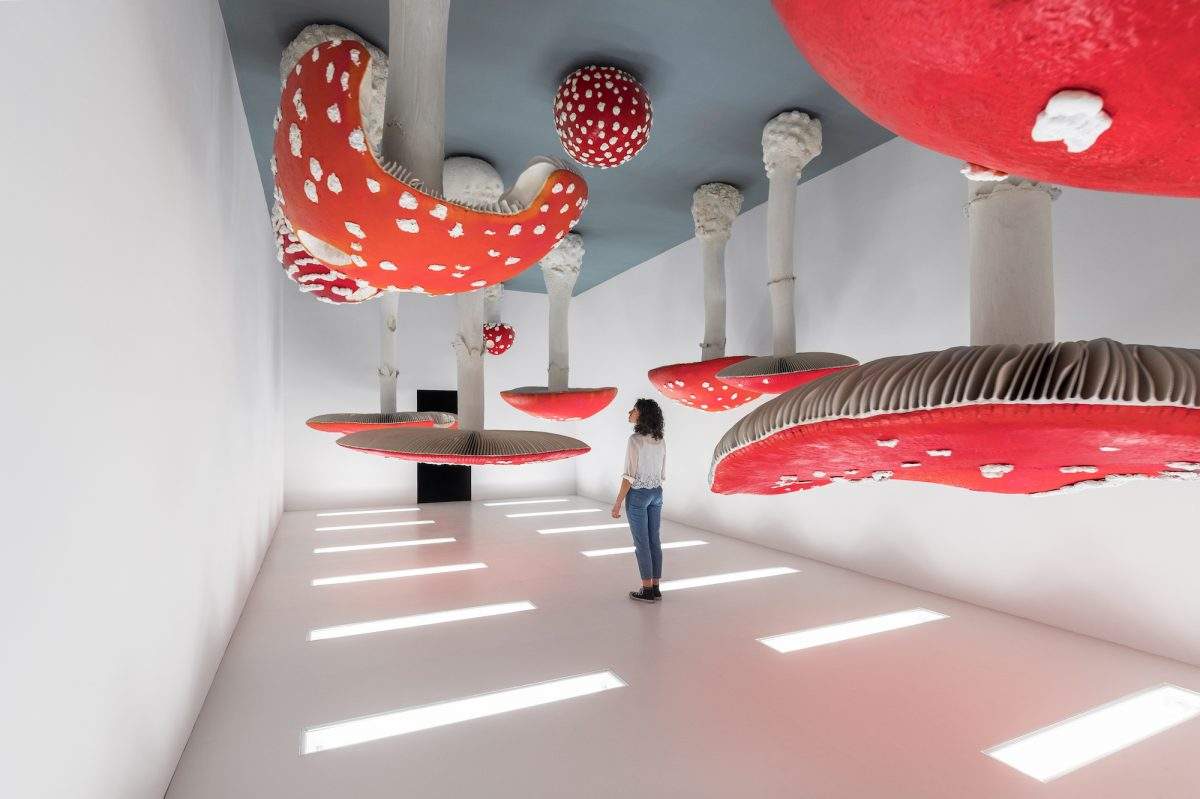
Pirelli HangarBicocca is a nonprofit foundation based in a building located in one of Italy’s first industrial areas: in the past it was an Ansaldo Breda shed where locomotives were built (and the exterior still retains its industrial building appearance, but even inside, the concrete floors and high ceilings of the factory have been preserved). Founded in 2004, Pirelli HangarBicocca is now one of the main spaces for experimentation and promotion of contemporary art: it occupies an area of 15,000 square meters of exhibition space, making it one of the largest complexes of its kind in Europe. In addition to temporary exhibitions and a rich public program that massively disseminates contemporary art by talking to both adults and children (moreover, for years Pirelli HangarBicocca has been organizing summer campuses for children), the institute is home to Anselm Kiefer’s Seven Heavenly Palaces, one of the city’s most iconic contemporary works.

Established in 1995 in accordance with the wishes of Arnaldo Pomodoro, who intended to create a “House of Sculpture” (as the foundation itself explains, to create an “inventive, almost experimental space for study and discussion of contemporary art issues, from the experiences of the avant-garde to the most recent perspectives, aiming for an involvement, deep and global, with people and society”), the Arnaldo Pomodoro Foundation is based in a space on Via Vigevano, in the Darsena area. It is one of the exhibition spaces where the most interesting emerging talents in contemporary art can be discovered, which are enhanced by the Foundation through two initiatives in particular: the Arnaldo Pomodoro Prize for Sculpture and the Project Rooms (i.e., a cycle of temporary exhibitions dedicated to young artists). The Foundation is also the reference institute for the work of Arnaldo Pomodoro, having initiated the catalog raisonné and the digitization of the archive.

The pole that unites the Museo Diocesano and the Chiostri di Sant’Eustorgio is traditionally devoted to sacred art, but the Museo Diocesano, opened in 2001 and named in 2017 after Cardinal Carlo Maria Martini, in addition to counting on an important permanent collection of works ranging from the second century to the present day (the museum is also home to a valuable collection of sacred art by Lucio Fontana, for example) and on exhibitions of ancient art, has also been hosting projects involving contemporary art for several years. More specifically, the center has become one of the points of reference in Milan for great international photography, with exhibitions exploring the production of many of the great names in photography from the present and recent past. There is also no shortage of projects by major contemporary Italian artists who measure themselves against themes of the sacred.
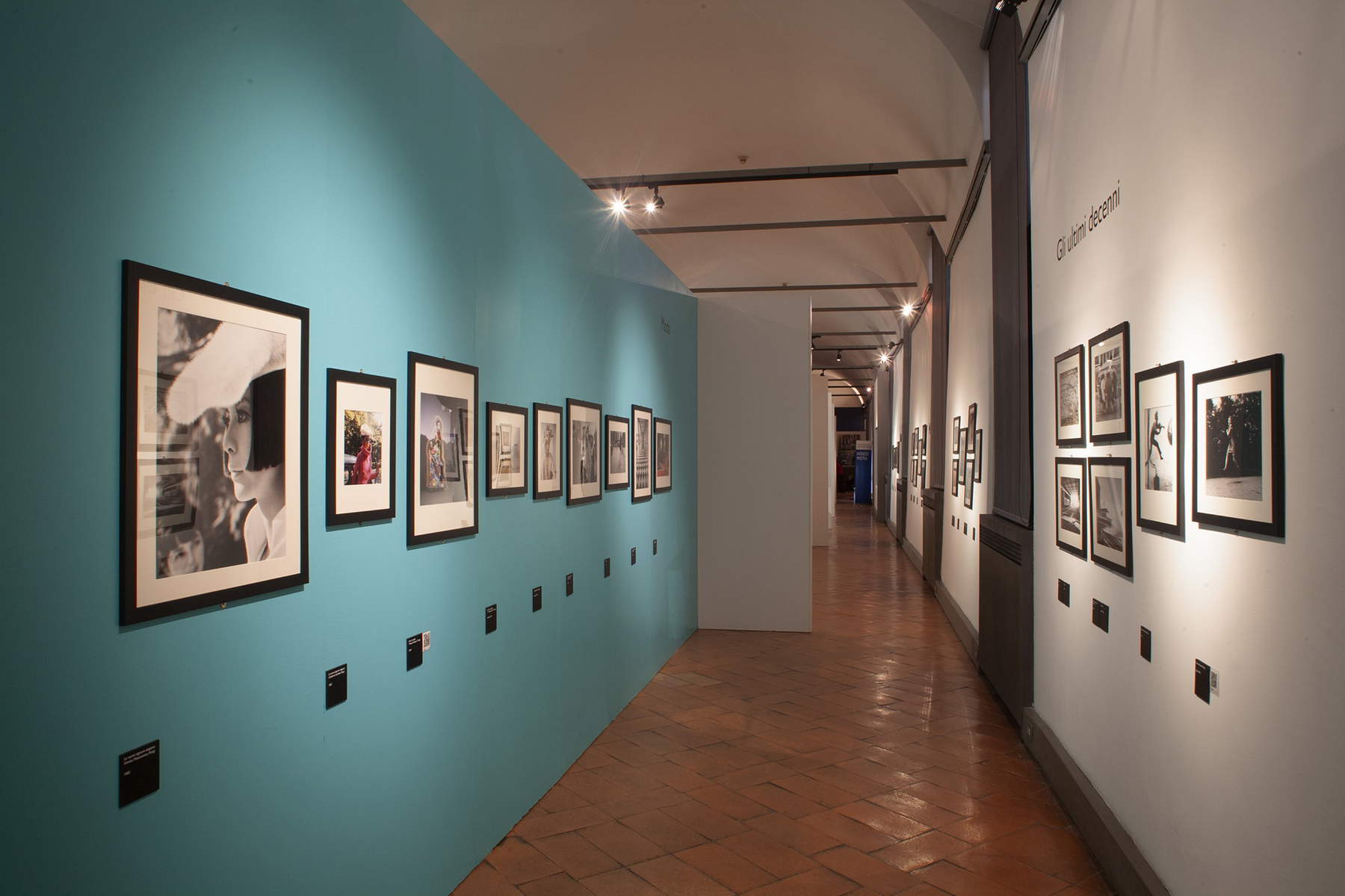
Not only design and decorative arts: the Triennale di Milano, located in the Palazzo dell’Arte, also regularly hosts contemporary art exhibitions, with a focus on productions by artists who measure themselves against typical Triennale topics (architecture, furniture, design, and so on). In addition, since 2011 the Triennale has also hosted the Teatro dell’Arte, a venue that hosts performances of experimental art. The Triennale also allows visitors to visit the Giancarlo De Carlo Garden, where there are some works by great Italian artists created for the various editions of the Triennale, and the Museum of Italian Design, opened in 2007, the first museum of Italian design with a collection of objects ranging from 1946 to 1981 (there are more than 1,500 pieces arranged in chronological order).

You cannot embark on a journey into contemporary art in Milan without visiting one of its dozens of galleries: that’s why we have included a “10+1” item in our list of recommended places. It is difficult to recommend names, because Milan’s galleries are so many (Milan is the main Italian center of the contemporary art market), because each one has its own specializations (there are galleries that focus on the big names of the international scene, others that do research and experimentation, still others that propose artists who are more settled and known to the public, some focus on photography, some on certain genres, some deal only with young talents, and so on), and therefore everyone can package their own tour according to their own tastes and inclinations. One suggestion is to start from the website of ANGAMC - Associazione Nazionale Gallerie d’Arte Moderna e Contemporanea, the main association of contemporary art gallerists, to discover some names from which to begin one’s tour.

 |
| Contemporary art in Milan: 10 places (plus 1) to visit in the city |
Warning: the translation into English of the original Italian article was created using automatic tools. We undertake to review all articles, but we do not guarantee the total absence of inaccuracies in the translation due to the program. You can find the original by clicking on the ITA button. If you find any mistake,please contact us.